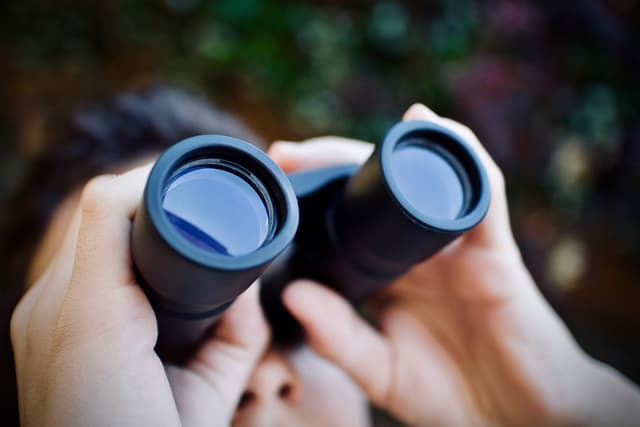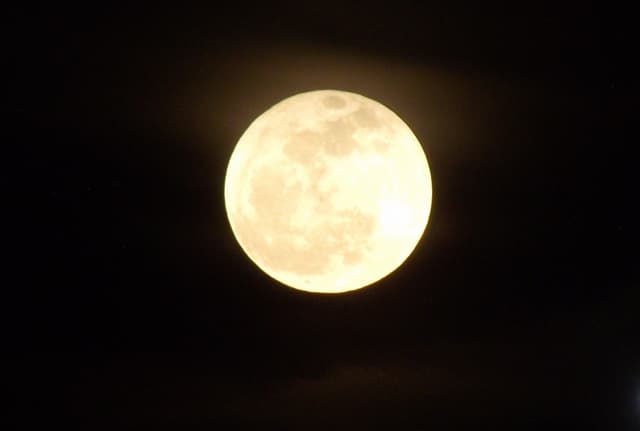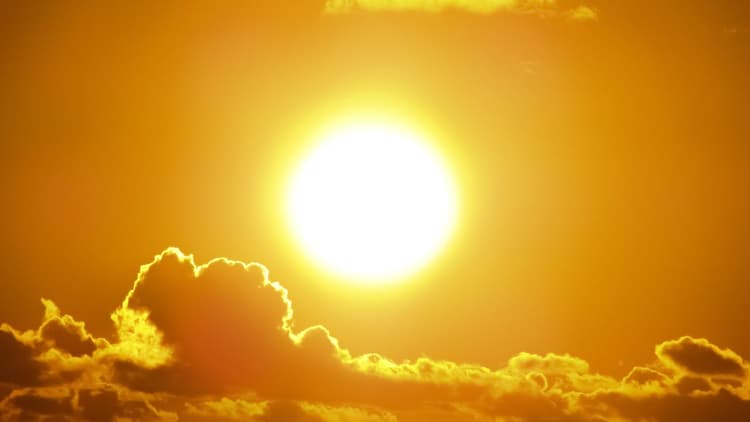How we see the Moon from Earth
You can explain how we see the Moon from Earth.
How we see the Moon from Earth
You can explain how we see the Moon from Earth.
These resources will be removed by end of Summer Term 2025.
Switch to our new teaching resources now - designed by teachers and leading subject experts, and tested in classrooms.
These resources were created for remote use during the pandemic and are not designed for classroom teaching.
Lesson details
Key learning points
- The Moon is more than 2,000 miles away from the Earth, yet we can see it without binoculars and telescopes
- The Moon is a dusty ball of rock, it does not produce its own light
- Light is reflected when it hits a surface and bounces off in a different direction
- We see the Moon because it reflects light from the Sun
Keywords
Moon - Our Moon is an object that travels around planet Earth
Sun - The Sun is a star and the centre of our solar system
Light source - Something that is a light source produces its own light
Reflect - To reflect light is when light hits a surface and bounces off in another direction
Common misconception
Pupils often think that the Moon produces its own light, or that the Moon only comes out at night
Explore common reflectors of light, to enable pupils to observe how some objects, including the Moon, appear to shine as they reflect light
To help you plan your year 5 science lesson on: How we see the Moon from Earth, download all teaching resources for free and adapt to suit your pupils' needs...
To help you plan your year 5 science lesson on: How we see the Moon from Earth, download all teaching resources for free and adapt to suit your pupils' needs.
The starter quiz will activate and check your pupils' prior knowledge, with versions available both with and without answers in PDF format.
We use learning cycles to break down learning into key concepts or ideas linked to the learning outcome. Each learning cycle features explanations with checks for understanding and practice tasks with feedback. All of this is found in our slide decks, ready for you to download and edit. The practice tasks are also available as printable worksheets and some lessons have additional materials with extra material you might need for teaching the lesson.
The assessment exit quiz will test your pupils' understanding of the key learning points.
Our video is a tool for planning, showing how other teachers might teach the lesson, offering helpful tips, modelled explanations and inspiration for your own delivery in the classroom. Plus, you can set it as homework or revision for pupils and keep their learning on track by sharing an online pupil version of this lesson.
Explore more key stage 2 science lessons from the Earth, Sun and Moon unit, dive into the full secondary science curriculum, or learn more about lesson planning.

Equipment
Reflective objects/materials, ball, paper, torch
Content guidance
- Risk assessment required - equipment
- Exploration of objects
Supervision
Adult supervision required
Licence
Starter quiz
6 Questions
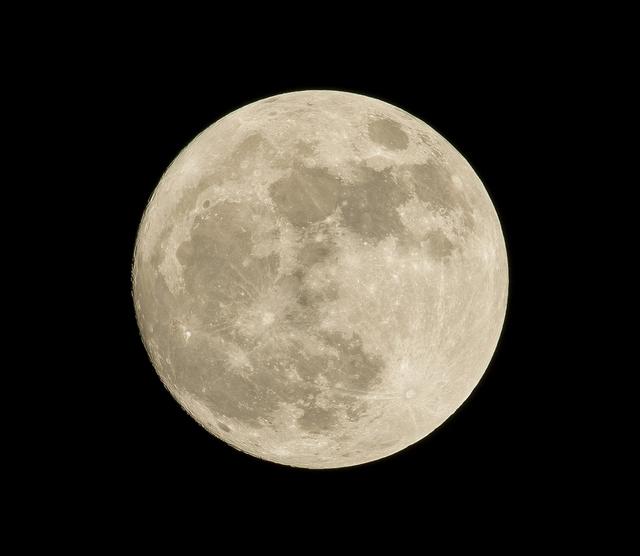



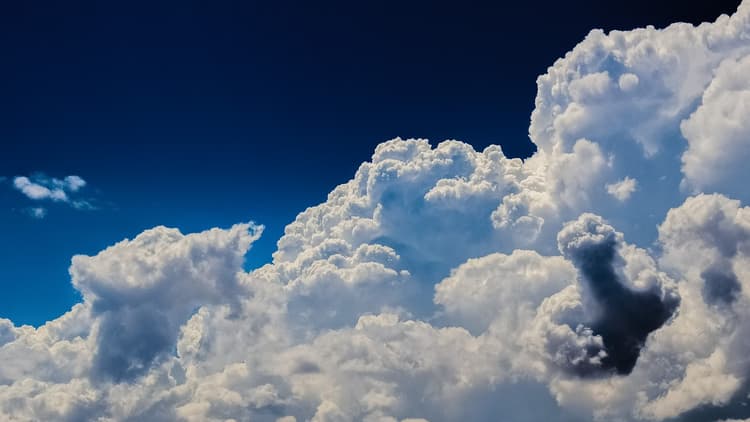
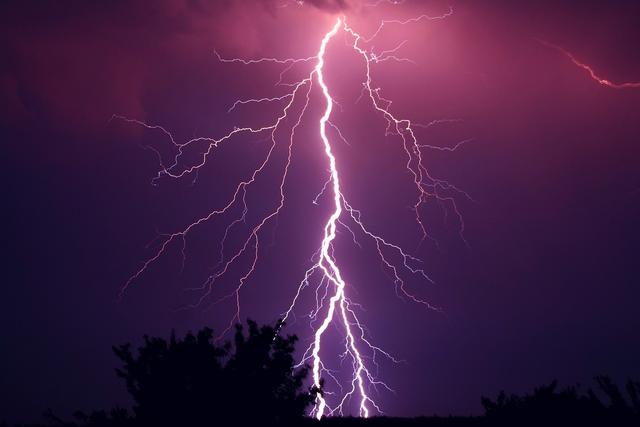
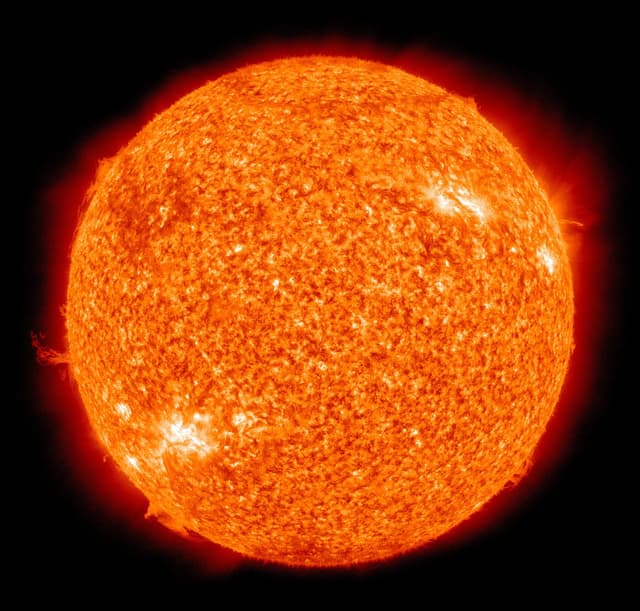
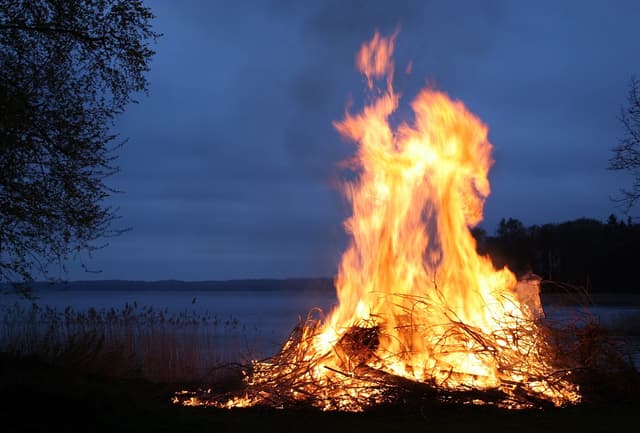

Exit quiz
6 Questions
